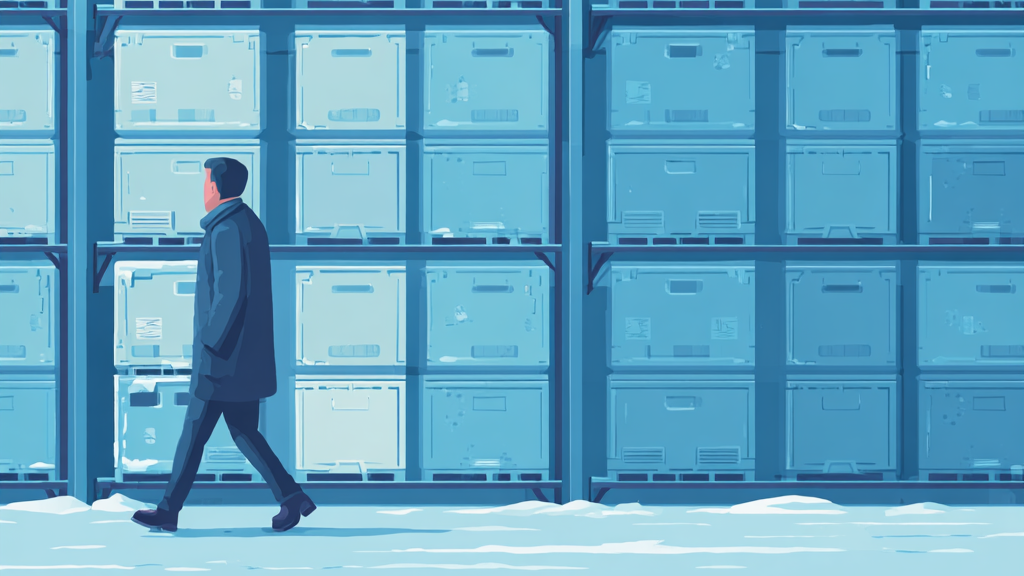A Guide to Varying Cold Storage Temperatures
The various levels of temperature—4∘C, −20∘C, −80∘C—can seem arbitrary. It's possible to conceptualize cold storage as a city with different neighborhoods, and each neighborhood has its purpose.
The Cooler (+2∘C to +8∘C) is the working center for short-term storage and commonly used items. This is the proper temperature for day-to-day reagents, cell culture media, and the majority of pharmaceuticals. It's also normal for red blood cells and thawed plasma products. Walk-in cold rooms are widespread in most institutions and function as big refrigerators for experiments.
Standard Freezer (−15∘C to −25∘C) is reserved for samples to be frozen but still get occasional use. It's an excellent place for short- to medium-term storage of small quantities of peptides, antibodies, DNA, and RNA. These freezers are typically available as a fridge-freezer combo, making it easy for space-restricted laboratories.
Deep Freeze (−45∘C to −86∘C) is a high-security storage compartment for long-term storage of an organization's most valuable biological material. At these ultralow temperatures, molecular reactions become slower, thus avoiding the breakdown of proteins and other molecules with time. Storage requirements are so great that the majority of research organizations have "freezer farms", or rooms filled with ultralow temperature (ULT) freezers.
The Cryogenic Frontier (below -150∘C) is the domain of liquid nitrogen, where biological time practically grinds to a halt. At -196∘C, all biological activity stops, and this serves as the reference point for the storage of materials which cannot be replaced. Materials belonging to this category are cell lines, tissues, and assisted reproductive technology materials.
Placing something in the coldest environment possible is not always the optimal thing to do. A lab manager will likely think that keeping all important samples in the -80°C freezer is the best safety choice. This may prove harmful to materials utilized in routine uses. An ultra-low freezer is designed for extended, unopened storage. Visits to a -80°C freezer repeatedly to pick up a sample bring on temperature changes. These events lead to freeze-thaw cycles that destroy the very samples you are working to save. An excellent cold storage plan is one that achieves preservation and availability in harmony. It demands that the type of sample and the intended use be matched with the appropriate storage environment. This means that a well-managed facility must have a variety of cold storage options in order to function efficiently and safely.

